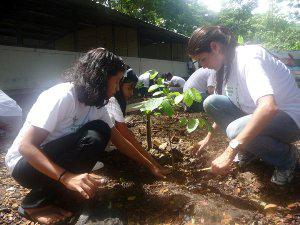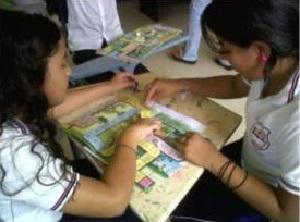Eric Horstman
The project aims to promote dry tropical forest reforestation and restoration in Ecuador

The Ecuadorian Dry Forest ecoregion is located on the Pacific coast of Ecuador, between the Pacific Ocean and the western foothills of the Andes Mountains. The Ecuadorian Dry Forest is an isolated haven for many plant and animal species found nowhere else on Earth, with a 20% endemism rate in vascular plant species. The weather is strongly influenced by both cold and warm water currents in the Pacific Ocean, with two marked seasons, wet and dry. The average precipitation levels range between 500 and 1000 mm and many of the plants in particular have adapted to the overall dry conditions of the area.

The presence of dwarf and ramificated shrubs, thickened leaves and thorny plants characterize this ecoregion. During the dry season, many tree and bush species lose their leaves to conserve water and in the case of the ceibo or kapok tree, the green trunks filled with chlorophyll, continue to photosynthesize without leaves in the dry season. Dry habitats along the Pacific coast of the Americas are particularly rare, and the Ecuadorian Dry Forest is an invaluable example of a vanishing forest type that is listed as critically endangered by the Worldwide Fund for Nature. The principal threats to this ecoregion are agricultural expansion in rural areas and the unchecked growth of large cities like Guayaquil, into dry forest. The Cerro Blanco Protected Forest, a 6,078-hectare private nature reserve administered by the Pro-Forest Foundation, an Ecuadorian non-profit conservation organization, protects a significant remnant of Ecuadorian Dry Forest.
Since 1993 until the present, the Pro-Forest Foundation has worked to restore Ecuadorian Dry Forest in Cerro Blanco, using more than 35 native forest species in around 260 hectares, with an overall survival rate of approximately 70%. With the support of the Rufford Small Grants for Nature Conservation, the foundation will produce and distribute a booklet on the propagation and uses of twenty dry forest species and an educational poster that will be used in local schools, along with the distribution of native trees to students and teachers to plant on school grounds or in their communities.